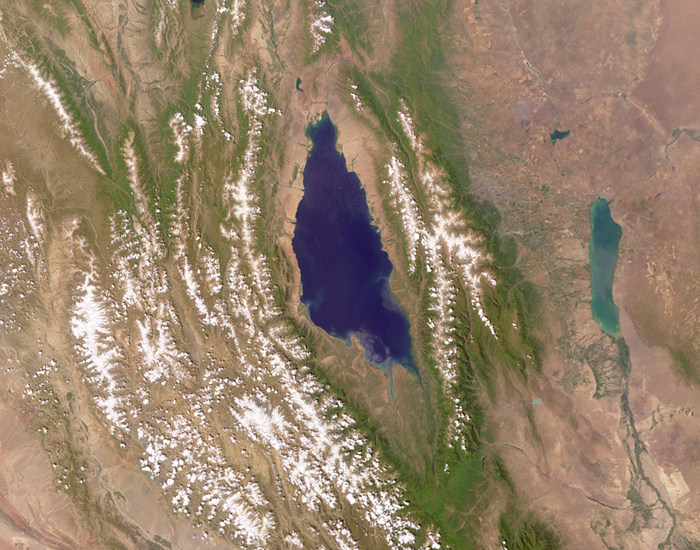1. Notable Nutrition

Which of the following food items traded on this route was originally from the area shown in the image?

The Multi-angle Imaging SpectroRadiometer (MISR) team at NASA is pleased to offer the 30th Where on Earth...? quiz.
Here’s how it works: When you press “Start,” you will be presented with nine multiple-choice questions (one question for each of MISR's nine cameras) about the area seen in the image in the background. You are encouraged to research the answers using any websites or reference materials you like. You cannot go back to previous questions, so make sure of your answer before proceeding! If you answer all questions correctly, you will have a chance to enter for a prize. The deadline for prize entries is August 8, 2018, at 4:00 p.m. PDT.
This natural color image was acquired by the vertical-viewing camera of the MISR instrument in July 2017 and represents an area of about 290 miles by 210 miles (470 kilometers by 340 kilometers). Note that north is not necessarily at the top.
Archive of previous Where on Earth...? quizzes
Creative Commons Attribution-NonCommercial-NoDerivs 2.0 Generic
Creative Commons Attribution 2.0 UK: England & Wales (CC BY 2.0 UK)

Which of the following food items traded on this route was originally from the area shown in the image?
